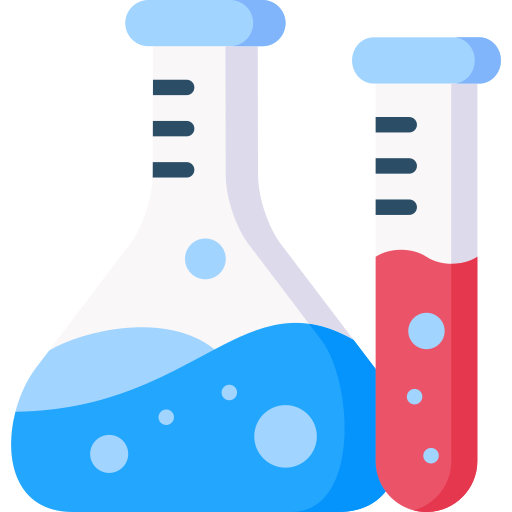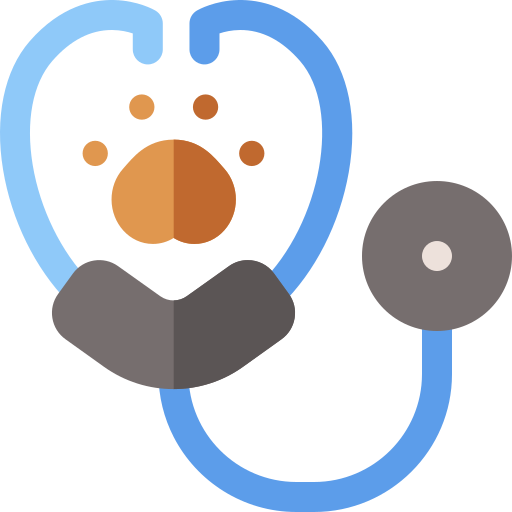Need Help ? Call 06292253004 !!
📍 Detecting...
Select Location
USG OF BOTH BREAST
A breast ultrasound, or USG of both breasts, is a non-invasive imaging test that uses sound waves to create pictures of the inside of the breasts. It can help identify breast abnormalities, such as lumps, cysts, or other changes.
₹1680 (₹2100)
CLINICA DIAGNOSTICS - BARASAT
Address: Noapara Bazar, Krishnanagar Road, Kolkata 700124
CLINICA DIAGNOSTICS - CHAKDAHA
Address: 815 Singher Bagan Road, Joykrishnapur, Chakdah, Nadia - 741222
About USG OF BOTH BREAST :
What is USG?
USG (Ultrasonography) is a medical imaging technique that uses high-frequency sound waves to produce images of internal structures within the body. It is also known as ultrasound.
During an USG procedure, a probe called a transducer is placed on the skin, and high-frequency sound waves are transmitted into the body. The sound waves bounce off internal structures and are detected by the transducer, which converts them into electrical signals. These signals are then used to create images of the internal structures.
USG is commonly used to:
Diagnose and monitor conditions such as gallstones, kidney stones, and liver disease
Examine the fetus during pregnancy
Guide biopsies and other procedures
Evaluate blood flow and detect vascular conditions
USG is a non-invasive, painless, and relatively low-cost imaging technique. It does not use ionizing radiation, making it a safe choice for patients, especially pregnant women.
What is the process of USG of Both Breasts?
The process of USG (Ultrasonography) of both breasts involves the following steps:
Preparation:
1. Patient preparation: The patient is positioned comfortably on an examination table.
2. Removal of clothing: The patient is asked to remove clothing from the upper body.
3. Gel application: A water-based gel is applied to the breasts to facilitate sound wave transmission.
Scanning:
1. Probe placement: The ultrasound probe is placed on the breast, and sound waves are transmitted into the tissue.
2. Imaging: The ultrasound machine converts the reflected sound waves into images, which are displayed on a monitor.
3. Breast examination: The ultrasound examination evaluates the breast tissue, including the lobules, ducts, and surrounding tissues.
Examination:
1. Breast tissue examination: The ultrasound examination evaluates the breast tissue for any abnormalities, such as cysts, tumors, or calcifications.
2. Lesion examination: If a lesion is detected, the ultrasound examination evaluates its size, shape, and characteristics.
3. Lymph node examination: The ultrasound examination evaluates the lymph nodes in the axilla (underarm area) for any signs of cancer spread.
Documentation:
1. Image capture: Images of the breast tissue and any lesions are captured and stored for future reference.
2. Report generation: A report is generated, detailing the findings of the ultrasound examination.
After the Procedure:
1. Patient education: The patient is educated about the findings and any necessary follow-up care.
2. Biopsy or further testing: If a suspicious lesion is detected, a biopsy or further testing may be recommended.
The entire procedure typically takes around 30-60 minutes. USG of both breasts is a non-invasive, painless procedure that helps diagnose and manage various breast conditions, including breast cancer.
What is USG used for?
USG (Ultrasonography) is used for a variety of medical purposes, including:
1. Diagnostic imaging: USG is used to create images of internal organs and structures, such as the liver, gallbladder, kidneys, and fetus during pregnancy.
2. Pregnancy monitoring: USG is used to monitor fetal development, detect any abnormalities, and determine the due date.
3. Cancer detection: USG is used to detect and diagnose cancer in organs such as the liver, pancreas, and breast.
4. Blood flow evaluation: USG is used to evaluate blood flow in vessels and detect conditions such as deep vein thrombosis.
5. Guiding procedures: USG is used to guide procedures such as biopsies, aspirations, and injections.
6. Musculoskeletal disorders: USG is used to diagnose and treat musculoskeletal disorders such as tendonitis and bursitis.
7. Thyroid disorders: USG is used to evaluate thyroid nodules and detect thyroid cancer.
8. Abdominal pain evaluation: USG is used to evaluate abdominal pain and detect conditions such as appendicitis and gallstones.
9. Vascular disease detection: USG is used to detect vascular diseases such as atherosclerosis and aneurysms.
10. Pediatric imaging: USG is used to evaluate pediatric conditions such as hip dysplasia and urinary tract infections.
Chat with us!
.png)


 91-6292253005
91-6292253005




